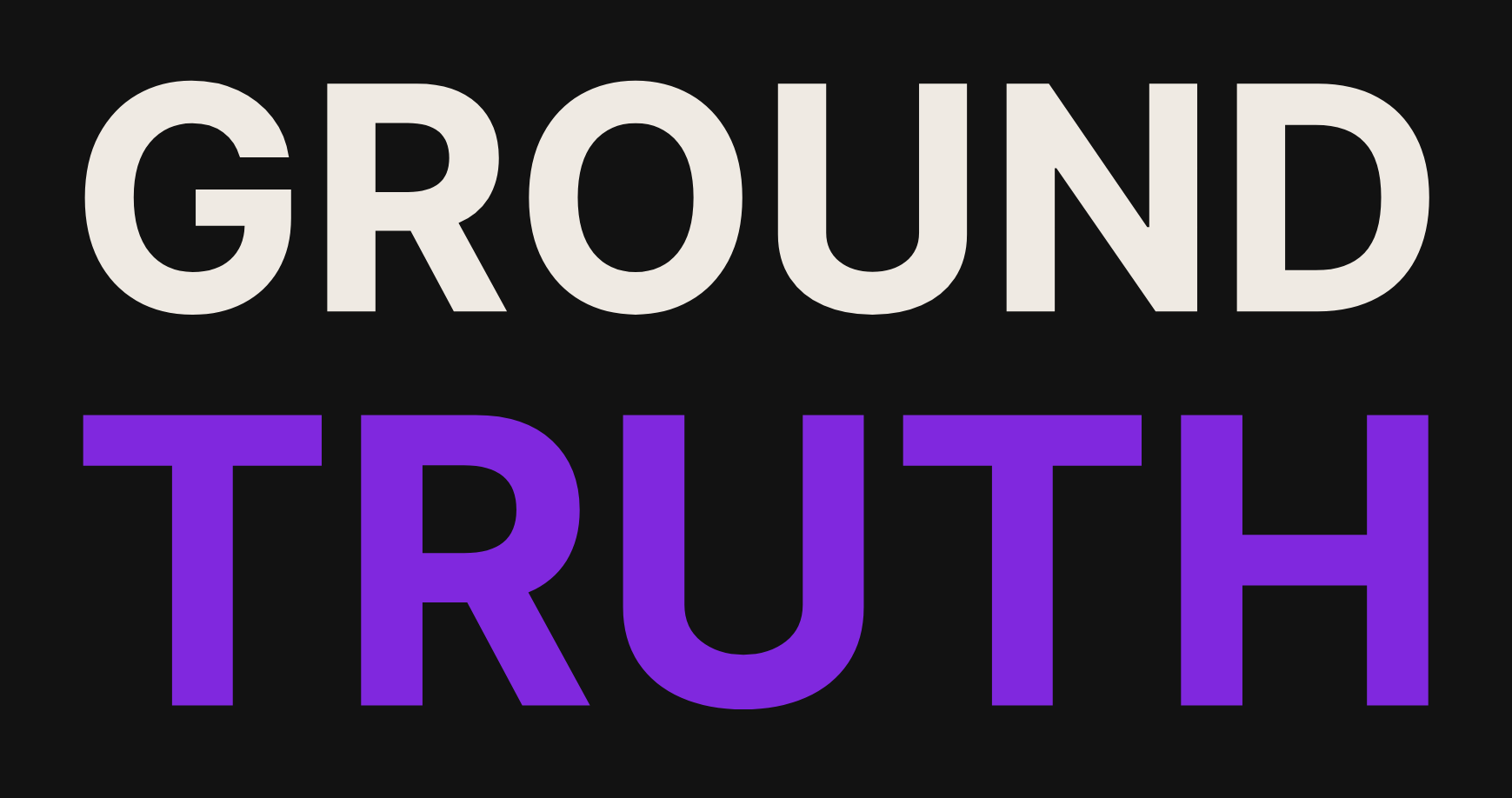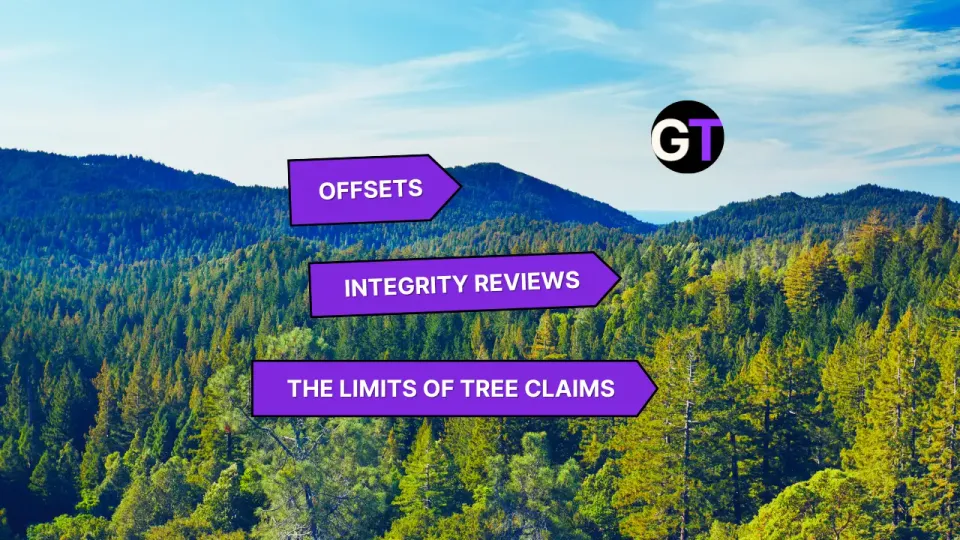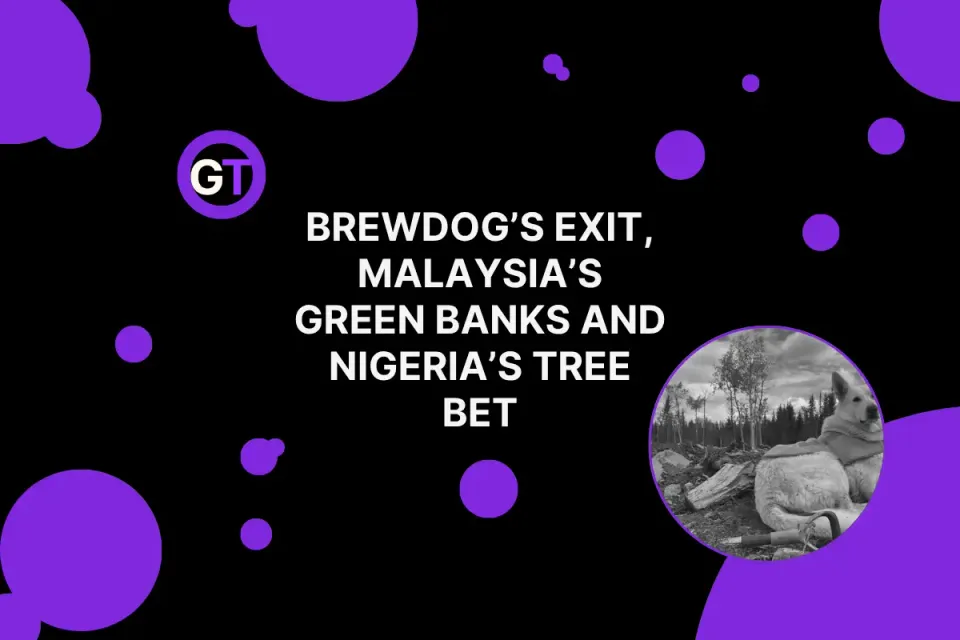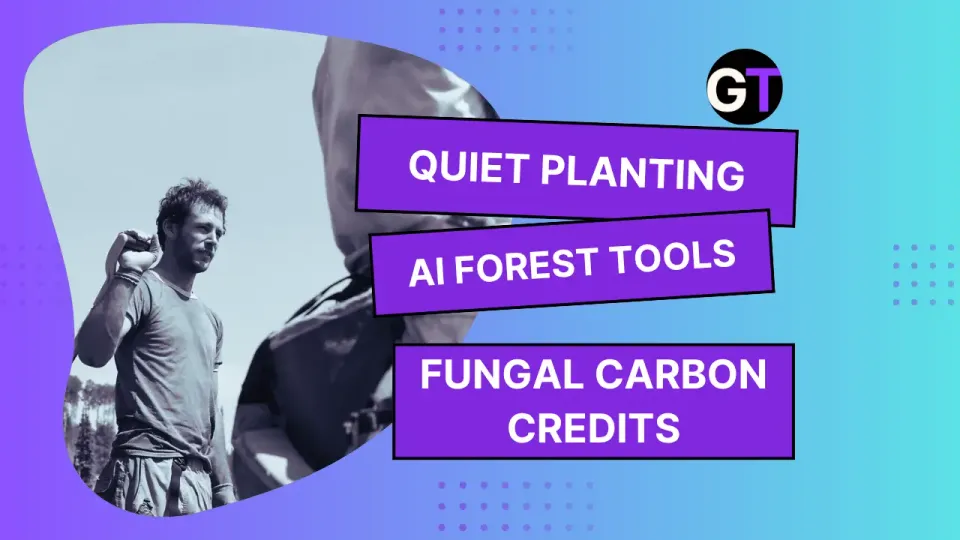Have Your Say: Help Shape the Future of Nature-Based Solutions
IUCN’s NbS Global Standard is updating! Share your input via survey to refine this vital framework for tackling climate and biodiversity challenges.
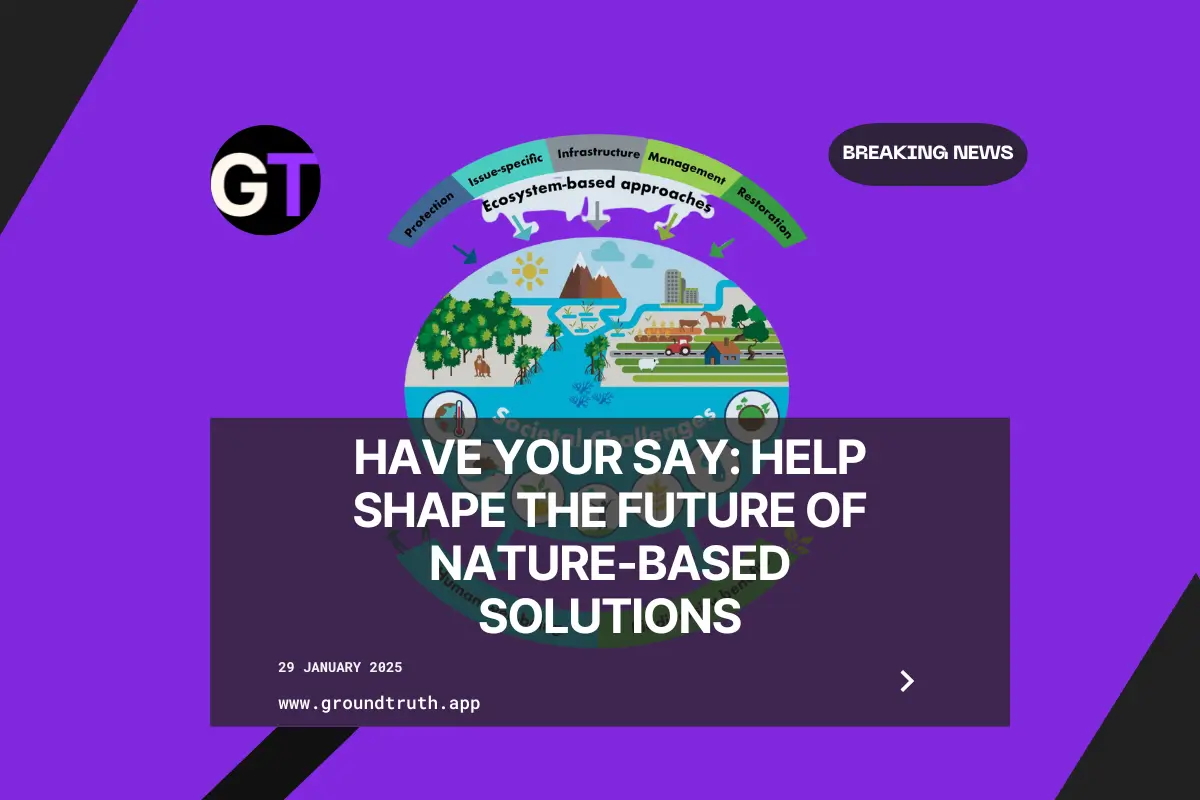
IUCN’s Global Standard for NbS is Getting an Update—And They Need Your Input!
Big news in the world of nature-based solutions (NbS): the IUCN Global Standard is due for a refresh! This isn’t just a routine check-up—it’s an opportunity to ensure this vital framework stays relevant, effective, and ready to tackle the planet’s biggest challenges. If you’ve got ideas, insights, or just a lot of feelings about NbS, now’s your chance to get involved.
What’s Happening?
The IUCN Global Standard for NbS, originally launched in 2020, is entering Version 2.0 territory with a scheduled update. Think of it as a software update for one of the most critical tools in climate and biodiversity action. This process follows the ISEAL Code of Good Practice, and it’s going down in three stages:
- Consultation (happening NOW through February 2025)
- Drafting and Revision
- Endorsement by the IUCN Council in May 2025
The current consultation phase includes an online survey (that’s where you come in), expert interviews, and a literature review. The goal? To gather feedback for refining the Standard, the Guidance document, and the Self-assessment tool.
Why Should You Care?
The IUCN Global Standard is the blueprint for designing, verifying, and scaling nature-based solutions. Whether you’re a policymaker, a local community leader, or someone who geeks out over biodiversity metrics, this framework impacts how we tackle climate change, food security, disaster risk reduction, and more.
It’s built around eight core criteria, each designed to ensure NbS projects don’t just look good on paper but actually deliver:
- Tangible societal impacts (like reducing disaster risks or boosting food security)
- Biodiversity gains (because a healthy planet benefits us all)
- Scalability (thinking big-picture)
- Economic viability (solutions that won’t run out of steam)
- Transparent governance (because shady deals don’t help anyone)
- Fair trade-offs (balancing short-term and long-term needs)
- Adaptive management (staying flexible when things change)
- Sustainability (embedding these solutions into long-term policies)
How You Can Make a Difference
The public survey is a golden ticket to share your thoughts on making the Standard clearer, easier to use, and more relevant. Whether you’ve got stories from the field, best practices, or constructive critiques, your feedback will shape the next iteration of this global framework.
Our Take: Let’s Talk Transparency
While the IUCN Global Standard is already a rock-solid framework, we think it’s time to dial up transparency. Making project data and solutions info publicly available isn’t just a nice-to-have—it’s essential.
Transparency builds trust (hi, investors and communities!), accelerates knowledge-sharing, and boosts innovation. Openly sharing what works (and what doesn’t) helps everyone—policymakers, practitioners, and researchers—avoid pitfalls and scale up success stories.
Adding a public reporting requirement to the Standard would take it to the next level, ensuring accountability to global goals like tackling climate change and biodiversity loss. At a time when collaboration and trust are more critical than ever, transparency could be the superpower that makes NbS a true game-changer.
Edited by Chris Harris

This work is licensed under a
Creative Commons Attribution 4.0 International License.
